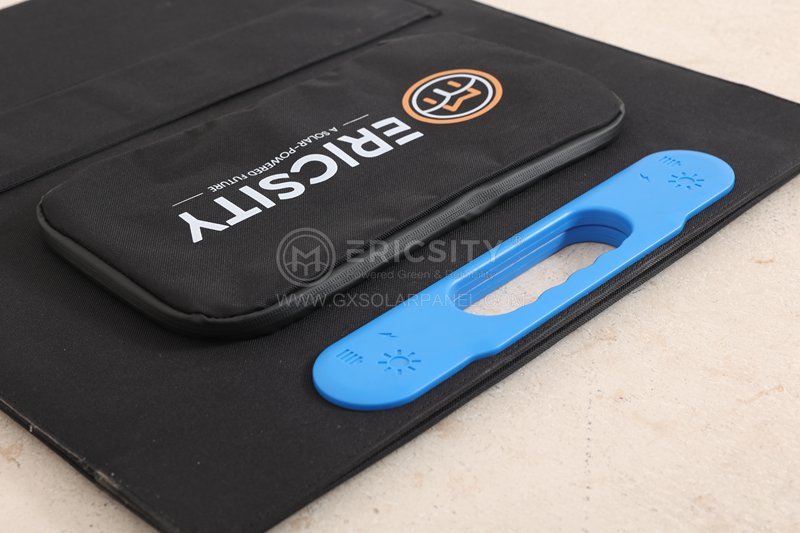HOT PRODUCT
Product Details
black Flexible Solar Panels: Paving The Way For Renewable Energy
Black Flexible Solar Panels: Paving The Way For Renewable Energy
In the quest for a sustainable future, harnessing the power of the sun has emerged as a pivotal solution. Solar energy, abundant and clean, has undergone significant advancements in recent years. One of the most exciting and innovative developments in this field is the advent of black flexible solar panels. These revolutionary panels offer an unprecedented level of adaptability and efficiency, paving the way for renewable energy to transform our world.
Traditional solar panels have typically been large, rigid, and installed on rooftops or open spaces. While they have proven to be effective in generating clean energy, they come with some limitations. Their rigid nature makes them difficult to integrate seamlessly into various structures and environments. This is where the breakthrough technology of black flexible solar panels comes into play.
Black flexible solar panels, also known as thin-film solar panels, are thin, lightweight, and highly pliable. They are made using advanced materials such as amorphous silicon or CIGS (copper indium gallium selenide). The use of these materials allows these panels to be much thinner and more flexible than their traditional counterparts.
The most prominent feature of black flexible solar panels is their adaptability to various surfaces and forms. Unlike conventional solar panels, which require a specific mounting structure, these flexible panels can be seamlessly integrated into a wide range of applications. They can be attached to curved surfaces, such as vehicles or backpacks, or even incorporated into building materials such as windows or facades. This versatility opens up a world of possibilities for solar energy integration that was previously unexplored.
Black flexible solar panels also offer higher efficiency and improved performance compared to traditional solar panels. The thin-film technology used in these panels enables better absorption of sunlight, even under diffuse or low light conditions. This means that they can generate electricity from sunlight more effectively, which is particularly advantageous in cloudy or shaded environments. Additionally, their lightweight nature reduces the strain on structures and allows for easier transportation and installation.

Another significant advantage of black flexible solar panels is their aesthetic appeal. Unlike the traditional blue or silver panels that often disrupt the visual harmony of a building or landscape, black flexible panels blend in seamlessly with their surroundings. This makes them an ideal solution for architects and urban planners who aim to incorporate renewable energy systems without compromising the aesthetic integrity of their designs. The ability to seamlessly integrate solar power generation into various surfaces makes these panels a game-changer for urban landscapes.

Furthermore, the manufacturing process of black flexible solar panels offers advantages in terms of energy consumption and material usage. Compared to traditional panels, thin-film panels require fewer raw materials, resulting in reduced environmental impact. The production process also consumes less energy and water, making it a more sustainable option overall. These panels align with the principles of the circular economy, where resources are managed efficiently, waste is minimized, and materials are recycled.
The potential applications of black flexible solar panels are vast and diverse. From enabling portable solar chargers and power banks to providing electricity to remote areas where conventional energy infrastructure is limited, these panels can make a significant impact on energy access and sustainability. They can also be integrated into everyday objects like clothing or accessories, allowing individuals to generate their own clean energy on the go.
In conclusion, black flexible solar panels are transforming the renewable energy landscape. Their adaptability, efficiency, and aesthetic appeal make them a powerful tool to harness solar energy in new and innovative ways. As we strive towards a cleaner and more sustainable future, these panels are paving the way for widespread adoption of renewable energy and bringing us closer to achieving energy independence.




